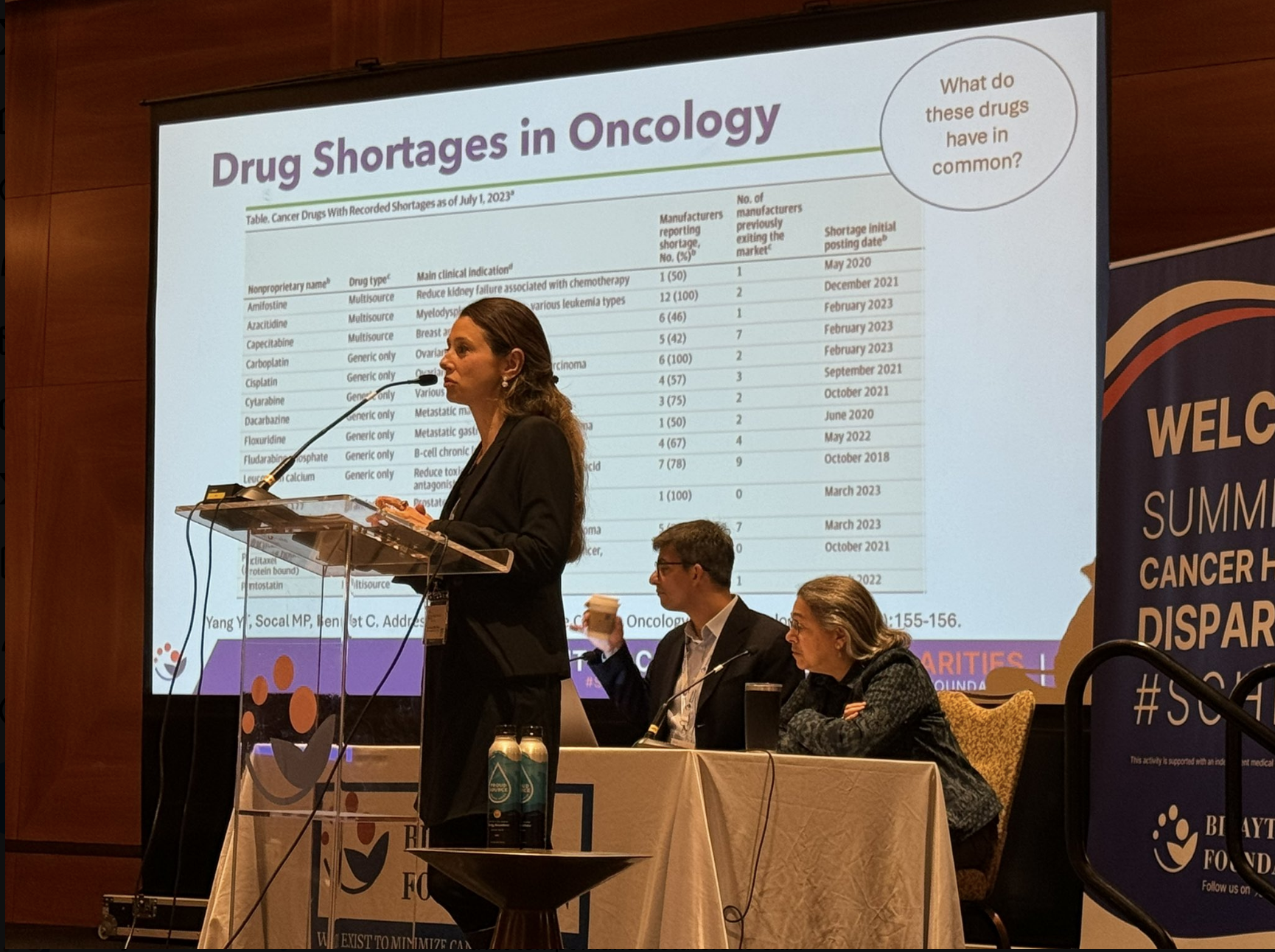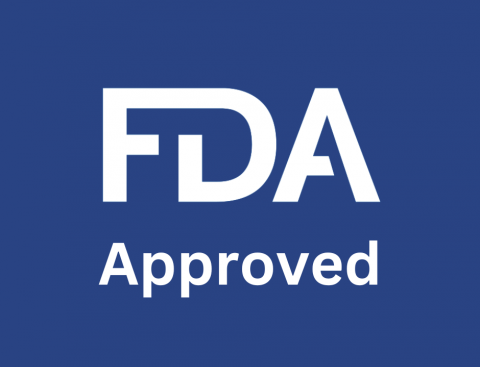Presenter: Mariana Socal, MD, PhD
Author: Ronan Hsieh, MD, MS
Drug shortage has become a challenging problem in the field of oncology. Drugs that are particularly at risk for shortage include generic drugs, sterile injectable drugs, and older or cheaper products. As these drugs are considered less profitable, many companies previously producing the drugs have exited the market. Nowadays, the majority of generic active pharmaceutical ingredients (API) are produced from foreign factories, most commonly India, Italy and China. This leads to vulnerabilities in the pharmaceutical supply chain. In 2019, the U.S. FDA published data regarding most common causes of drug shortages. Quality issue was by far the most likely reason of drug shortage, accounting for 62% of shortages. Increase in demand was the second most common known cause of shortages, accounting for 12% of shortages. While production facilities are required by law to report issues of production, they are not required to report increase in demand and distribution problems.
To address the issue of drug shortages, we will need a systemic assessment of the root causes. The U.S. FDA listed three root causes of the problem in 2019:
- Lack of incentives to produce less profitable drugs
- Market does not recognize and reward manufacturers for better quality
- Logistical and regulatory challenges make it difficult for the market to recover
To counter the problem, Dr. Socal proposes solutions from several aspects. First, we need to have timely information about drug supply chain. We need a better system to track production volumes and locations of facilities, including API producers, and regular inspections of the products. Transparency is imperative not just to monitor the supply but also the demand. Second, we need further actions to expand available inventories by increasing stockpiles or having buffer stocks. We also need to reward quality by using a pay-for-performance model or having government purchasing agreements. To diversify production, we need state-sponsored and non-profit manufacturing, as well as grants or loans to bring drug manufacturing on-shore or near-shore. Finally, we need to have more recognition of the drug shortage issue and invest more resources in solving the problem.
Author Bio:
Dr. Ronan Hsieh is an assistant professor of medicine at the University of Washington and a gastrointestinal oncologist at Fred Hutchinson Cancer Center. His primary research interest is drug development in the field of colorectal cancer and gastroesophageal cancer.
No conflict of interest.





